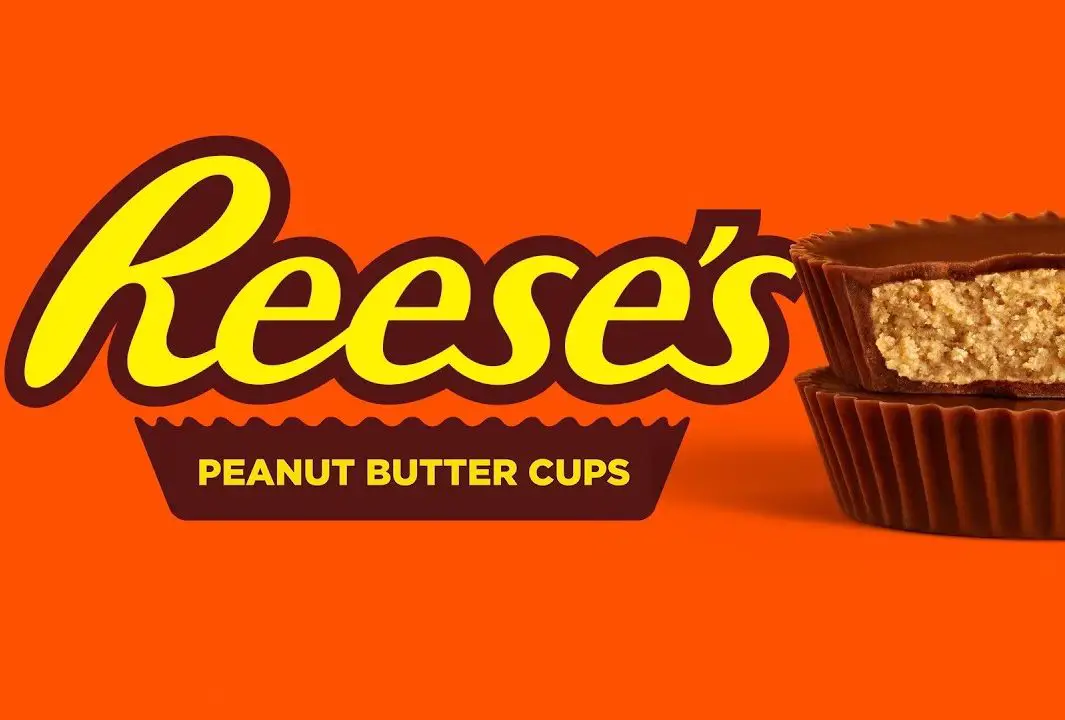Reese’s Peanut Butter Cups are an astounding confection. This combination of two great tastes that taste great together creates a pleasant symphony of peanut butter and chocolate for people of all ages to enjoy. According to a report from 2012, Reese’s Peanut Butter Cups are the highest-selling candy in the United States, and rank fourth in the global market. However, what may shock the gourmands of Reese’s products is the fact that the company almost failed to become a household name.
The story starts in 1879 with the birth of Harry Burnett Reese. Reese desired to make a fortune, as he grew up on an underprivileged dairy farm in Pennsylvania. Along with working on the family farm, he milked cows, raised frogs and even played the French horn for local bands to earn money. Reese got married in 1900 and would eventually parent 16 children throughout his life. Because of this, he took on multiple factory jobs to support his growing family.
His dreams of wealth seemed to ignite once he was hired by Milton Hershey in 1917. Hershey, the founder of the largest growing chocolate company at the time, hired Reese to manage a new dairy farm that employed machines over people to milk cows. Reese sadly couldn’t afford the machinery, so the farm shut down only two years after his recruitment.
Reese’s association with Hershey sparked his craving to create a confectionery. He founded the R&R Candy Company in 1919, but it only lasted one year before folding due to low sales. Because of his family duties, he took a brief hiatus from this passion and found various jobs for financial support. After obtaining a shipping job for the Hershey Company, Reese started experimenting with different types of candy in his home basement.
Eventually, Reese created numerous varieties of candies that sold well in local markets, allowing him to quit working for Hershey. This enterprise was initially bound to local markets, so he expanded from his basement by setting up the H.B. Reese Candy Company. In 1928, when Reese was 49 years old, he premiered his greatest concoction: penny cups. As the name suggests, these cup-shaped chocolates only cost one penny, and they contained a filling center of peanut butter that was never before seen in any previous candy.
Penny cups were a massive hit across all demographics, as Reese could now sell the chocolates at local retail stores in five-pound boxes. This candy hybrid allowed him to build a gigantic factory in Hershey, Pennsylvania, on Chocolate Avenue, appointing over 60 employees to the factory in only a few years.
The early stages of the Great Depression limited Reese’s company from profiting much, especially since making chocolate in the warmer summer months was less than ideal. Because of this obstruction, he decided to operate a vegetable farm and temporarily station a vegetable cannery in his own factory.
Once the United States got involved in World War II, sugar became a limited supply nationwide. The wartime rationing of sugar caused the Hershey Company to reduce the quantity of chocolate coating for the Reese’s company down to only one product. Reese — having made all types of candies and chocolates — focused solely on the peanut butter cup since it was his most popular item.
After the war ended, Reese’s company continued to indulge in success. Reese developed the company for a decade until he suddenly passed away from a heart attack in May 1956, eight days before his 77th birthday. A couple of years beforehand, he had approved a second factory to be built in Hershey, Pennsylvania, only for it to be finished a year after his demise.
Following his death, the organization was passed on to his six sons. They ran the company until 1963 when the Hershey Company would buy out the Reese’s company for $23.5 million — a deal worth $20 billion adjusted for inflation. In addition, the six sons were allotted a 5% share of the Hershey Company. Despite the tremendous risk, the agreement became nothing short of beneficial for the Hershey Company. Six years after the merger, the product became Hershey’s top seller.
In the 1970s and ‘80s, Hershey launched an iconic advertising campaign for Reese’s Peanut Butter Cups. In these commercials, one person holding a peanut butter jar clashes with another person holding a chocolate bar, causing the two items to merge. Utterances of “you got peanut butter in my chocolate” and “you got chocolate in my peanut butter” are shared by each affected person, eventually leading to the combined taste and satisfaction of the mixed products. These advertisements finished with the famous, palindrome-like slogan, “two great tastes that taste great together.”
Modifications of Reese’s Peanut Butter Cups would inevitably commence, with only a handful of selections presently available. New sizes such as “big cups” and “bite-sized miniatures” could please any volume of craving. Different fillings such as “double chocolate” and “peanut butter and banana crème” appeased the stomachs of many. Various coatings such as the “peanut butter lovers” and “dark chocolate” provided distinct twists on the original candy.
Similarly, the shape of the peanut butter cups was modified to celebrate specific holidays. Valentine’s Day changed the cups to hearts, Easter changed them to eggs and Christmas changed them to the shape of evergreen trees. Recent years have inspired alternative forms of these holiday treats, including footballs, ghosts and even ugly Christmas sweaters.
H.B. Reese invented a candy treasured by millions of fans, and he couldn’t have done so without his passionate hunger for wealth. He was a jack-of-all-trades family man who worked persistently at every opportunity he found, and it ended up paying off for him and his children. He grew up in an unfortunate environment and died as a fortunate businessman. So go to your local grocery store, gas station or online retailer to taste the legacy of Reese’s success.


















Suck it